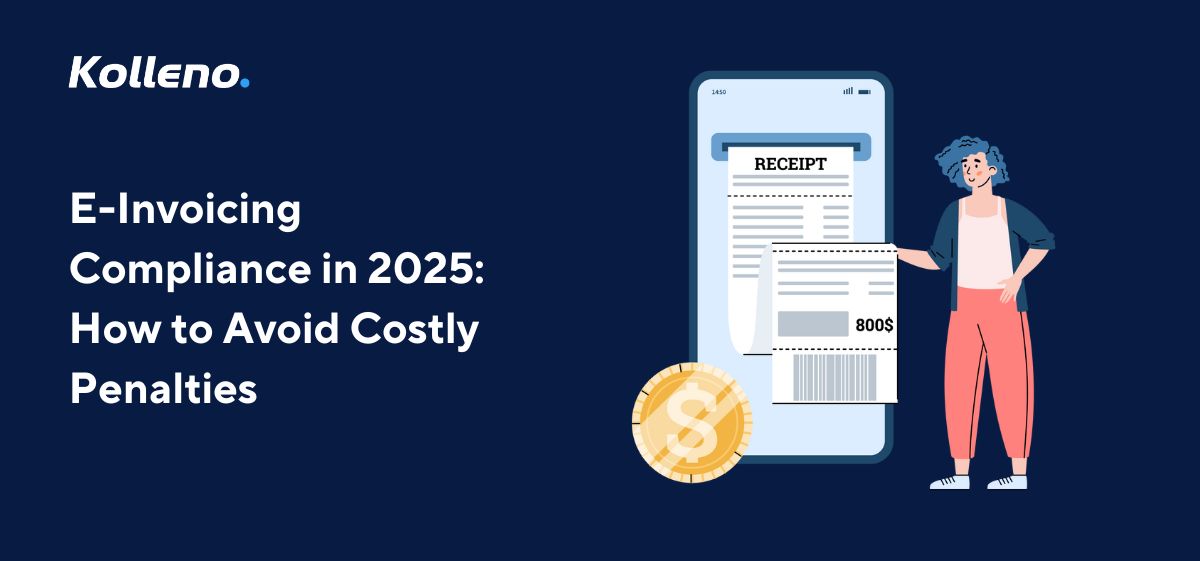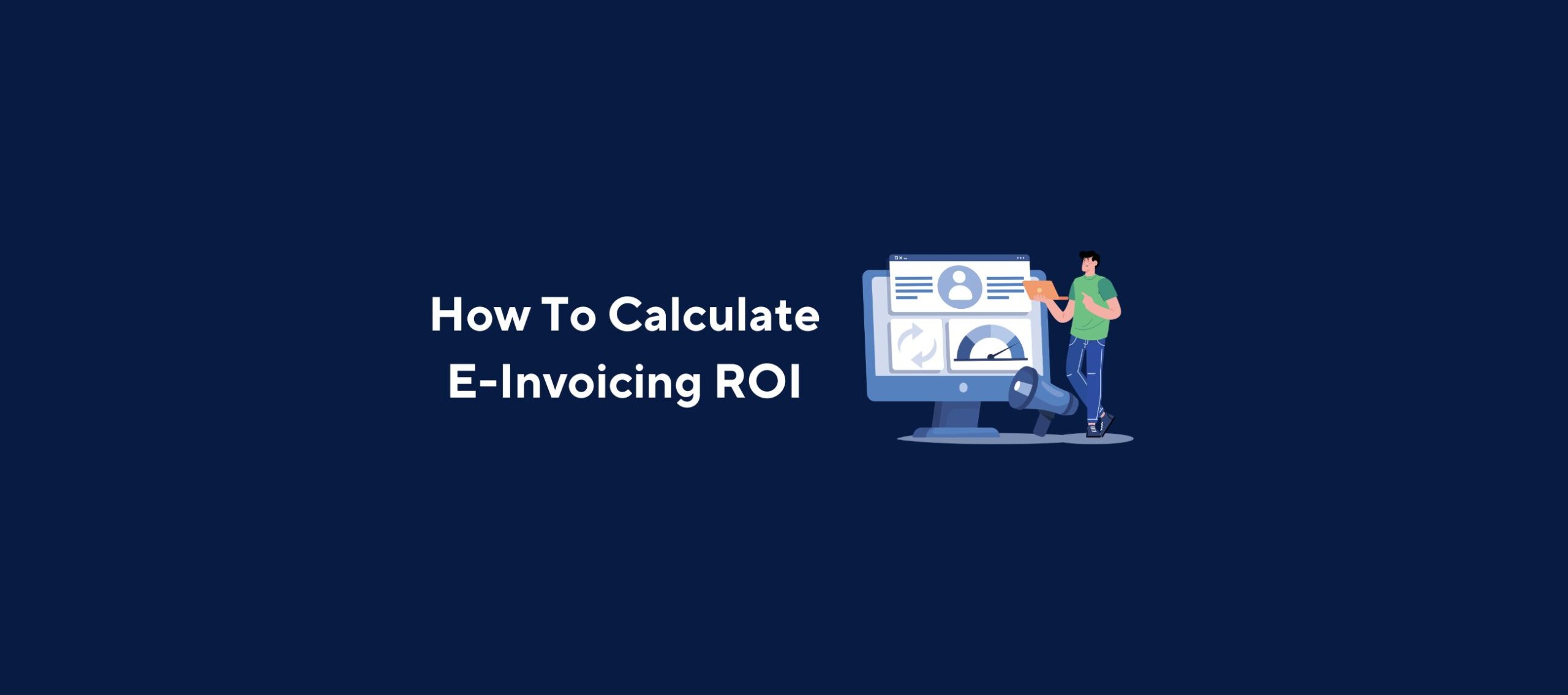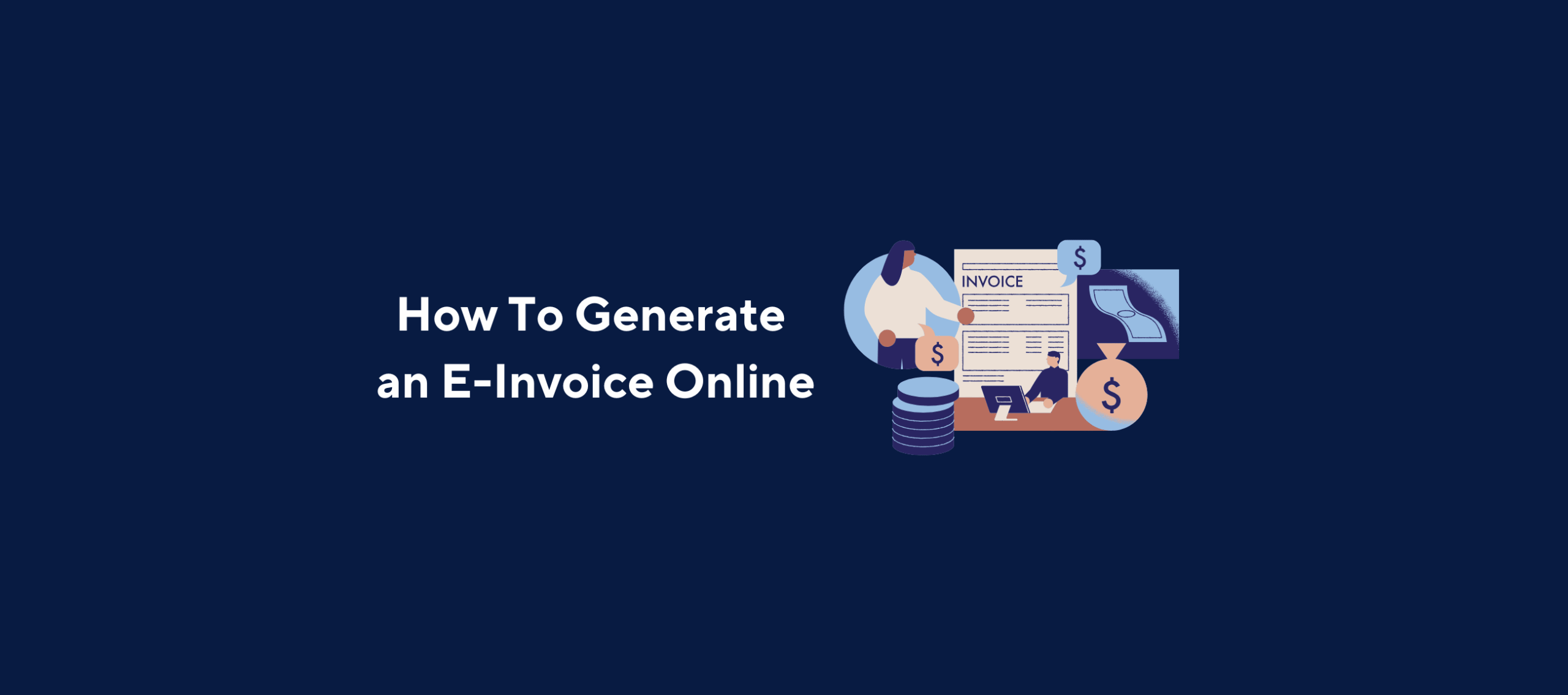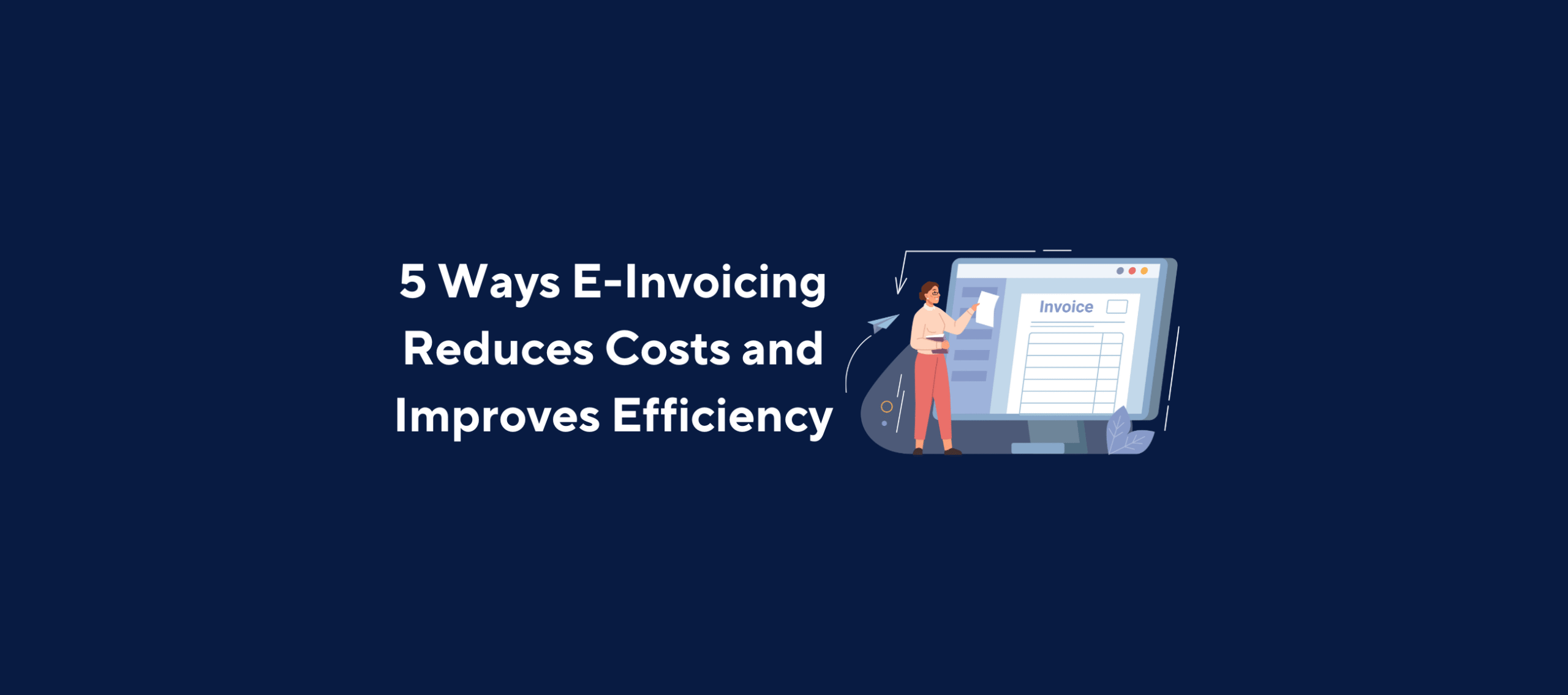From speeding up payment cycles to improving data accuracy, e-invoicing is transforming how companies manage their invoicing process. But going digital is only half the story.
For multinational businesses, the real challenge is meeting the unique e-invoicing compliance requirements in every market they operate in. A format that works in the EU might be rejected in Brazil; what passes in Canada could breach rules in Saudi Arabia.
This guide walks you through how to ensure your global e-invoicing setup stays compliant, wherever you send an invoice.
What is E-Invoicing?
E-invoicing, or electronic invoicing, is the process of issuing, sending, and storing invoices in a structured digital format that can be automatically read and processed by the recipient’s systems. Instead of relying on paper invoices or PDF attachments, e-invoicing systems exchange standardized invoice data directly, often in real time — through secure networks.
The benefits go beyond faster payments. E-invoicing improves data accuracy, reduces manual invoicing errors, and makes it easier for tax authorities to monitor transactions for compliance and tax reporting. It also supports better cash flow management by speeding up approvals, reducing delayed payments, and providing finance teams with clearer visibility of incoming revenue.
How to Comply With International E-Invoicing Standards
Governments worldwide are rapidly rolling out e‑invoicing mandates and electronic invoicing regulations to enhance tax compliance, boost data accuracy, and streamline the invoicing process. Some regions already enforce mandatory structured digital formats with real-time validation by tax authorities, while others remain in pilot phases or voluntary adoption.
Below, we break down the compliance landscape across key global markets to help you anticipate the rules that may affect your operations.
United Kingdom
The UK doesn’t yet enforce widespread electronic invoicing but is actively exploring it. For example, a public consultation ran from February 13 to May 7, 2025, seeking input on whether e‑invoicing should be voluntary or mandatory, how it could standardize invoice data, and the extent of real-time reporting to improve tax compliance and reduce errors.
Compliance today is limited to the NHS in B2G transactions, where electronic invoicing is already required. Should mandates go forward, they promise reduced manual data entry, enhanced cash flow, more efficient tax reporting, and fewer compliance risks.
United States
The US currently lacks any federal e‑invoicing mandate. E‑invoicing remains voluntary for both B2B and B2C transactions, though some government agencies have adopted electronic invoicing internally.
The absence of a national VAT or GST system, coupled with decentralized sales tax management across thousands of jurisdictions, limits incentives for legislative change. Still, pilot programs like the Business Payments Coalition are exploring frameworks similar to global e‑invoicing networks, including Peppol-style architectures.
Canada
In Canada, there is no federal e‑invoicing mandate for B2B transactions — electronic invoicing is legal but entirely optional. The only requirement applies to federal government suppliers, who must be capable of receiving digital invoicing.
However, policy discussions are active. The Canadian government is evaluating future compliance frameworks that could promote e‑invoicing to modernize tax processes and deter underground economic activity.
European Union (EU)
The EU formally adopted the VAT in the Digital Age (ViDA) package on 11 March 2025. ViDA lets Member States introduce mandatory e-invoicing (under set conditions) and sets a path to near real-time reporting for intra-EU transactions by July 2030, with full harmonization of domestic regimes by 2035.
For e-invoicing compliance, expect more continuous transaction controls and standardized invoice data requirements as tax authorities converge on digital reporting to improve tax compliance and data accuracy. If you trade cross-border in the bloc, plan now to align e-invoicing systems and workflows with ViDA timelines.
China
China completed the nationwide rollout of the fully digitalized e-Fapiao on 1 December 2024, administered by the State Taxation Administration (STA). The reform replaces paper invoices with a structured digital format validated through the national platform (Golden Tax), tightening e-invoicing regulations and combating tax fraud.
In practice, this is a clearance/CTC-style model: invoices are issued and validated electronically, with defined data fields (including a dynamic QR code) to ensure data accuracy and auditable financial data for tax authorities. Multinationals operating in China should ensure their e-invoicing software supports issuance, receipt, storage, and archiving in line with STA specs.
Saudi Arabia
Saudi Arabia’s ZATCA e-invoicing programme (FATOORAH) is well into Phase 2 (the “Integration Phase”), which requires taxpayers to connect their e-invoicing systems to ZATCA’s platform and comply with technical and business rules — rolled out in “waves” through 2025.
As of July 2025, ZATCA announced the 23rd wave, extending obligations to additional taxpayer bands. Phase 1 (generation and storage) has applied since December 2021; Phase 2 adds near real-time reporting/continuous transaction controls with structured content and security requirements. If you operate in KSA, confirm your solution meets ZATCA’s certification, API, and data format rules to avoid e-invoicing penalties.
India
India’s GST e-invoicing regime is mature and tightening. From 1 April 2025, taxpayers above the prescribed turnover must report e-invoices to the IRP within 30 days of issue (applies to invoices, credit notes, and debit notes). Authorities have also lowered thresholds in recent years, bringing many more businesses into scope.
Practically, this means stricter timelines, validated invoice data, and closer alignment between your e-invoicing systems and GST return flows. Ensure your e-invoicing solution can generate JSON in the prescribed schema, obtain an IRN/QR code from the IRP, and archive according to rules. Non-compliance risks rejections and downstream tax reporting issues.
Mexico
Mexico operates one of the world’s most advanced clearance models via CFDI 4.0. Electronic invoices must be issued in CFDI 4.0 XML, validated in real time via a PAC (authorized certification provider), and retained (with QR code) for audit; cancellation requires a justified reason code and must follow SAT process rules.
Every document flow, such as issuance, delivery, and cancellation, must pass through SAT/PAC rails, so your e-invoicing platforms need robust master-data governance (names, tax regime, postal codes) to avoid rejected invoices and penalties. If you handle cross-border invoicing or complex complements, build controls to keep data accuracy high and exceptions low.
Brazil
Brazil is a pioneer in clearance-based global e-invoicing with multiple document types: NF-e (goods), NFS-e (services), CT-e (transport), and more — each with its own XML layout and validation path (SEFAZ/state or municipality). Documents are generally pre-authorized before shipment, and archiving rules are strict (e.g., long digital retention).
Brazil is currently updating schemas (NF-e/NFC-e v4.00) and testing changes as part of the wider tax reform roadmap, so keep an eye on layout updates and onboarding timelines. If you operate nationally, you’ll need configuration for different states/municipalities plus monitoring to prevent non-compliance and rejected invoices.
How Kolleno Ensures E-Invoicing Compliance
Kolleno’s e-invoicing capabilities help you stay one step ahead of evolving compliance requirements in every market you operate in. By supporting structured electronic formats and integrating directly with leading ERP systems, Kolleno ensures that your invoice data meets the technical and content standards set by tax authorities worldwide.
Whether you’re dealing with mandatory e-invoicing regulations in the EU, clearance models in Latin America, or emerging mandates in the Middle East, Kolleno keeps your invoicing process aligned with local rules.
One of Kolleno’s biggest strengths is automation. The platform streamlines invoice generation, delivery, and tracking, reducing the risk of manual data entry errors that can lead to rejected invoices or non-compliance. Built-in validations check that all required fields are present before invoices are sent, helping you avoid delays, improve cash flow, and maintain strong relationships with customers and suppliers.
Kolleno also offers real-time reporting and audit-ready records, giving finance teams the visibility they need to respond quickly to compliance requirements or tax authority queries. These features not only help you achieve compliance and avoid financial penalties, but they also support better decision-making by providing accurate, up-to-date financial data across your global e-invoicing operations.
Final Thoughts
E-invoicing has become the standard for efficient, secure, and transparent business transactions, but in 2025, it’s also a regulatory minefield. With e-invoicing mandates tightening across the globe, the cost of non-compliance can go far beyond financial penalties. Delays, rejected invoices, and disrupted cash flow can undermine even the strongest financial management strategies.
The key is preparation. Knowing the e-invoicing requirements in every jurisdiction you operate in, and having the right systems to meet them, will keep your operations running smoothly and your compliance record spotless.
That’s where Kolleno comes in, offering not only the automation and validation tools to achieve compliance, but also the wider accounts receivable and credit management capabilities to strengthen your overall financial position. Ready to learn how Kolleno can power your global e-invoicing operations? Book a demo.




